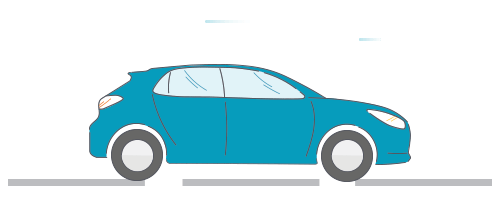Technological advancements mean most of us would assume a brand new car would knock the safety socks off a model that was at the end of its life. We decided to see how big the gap is and compare the safety features of an old car verses a new car.
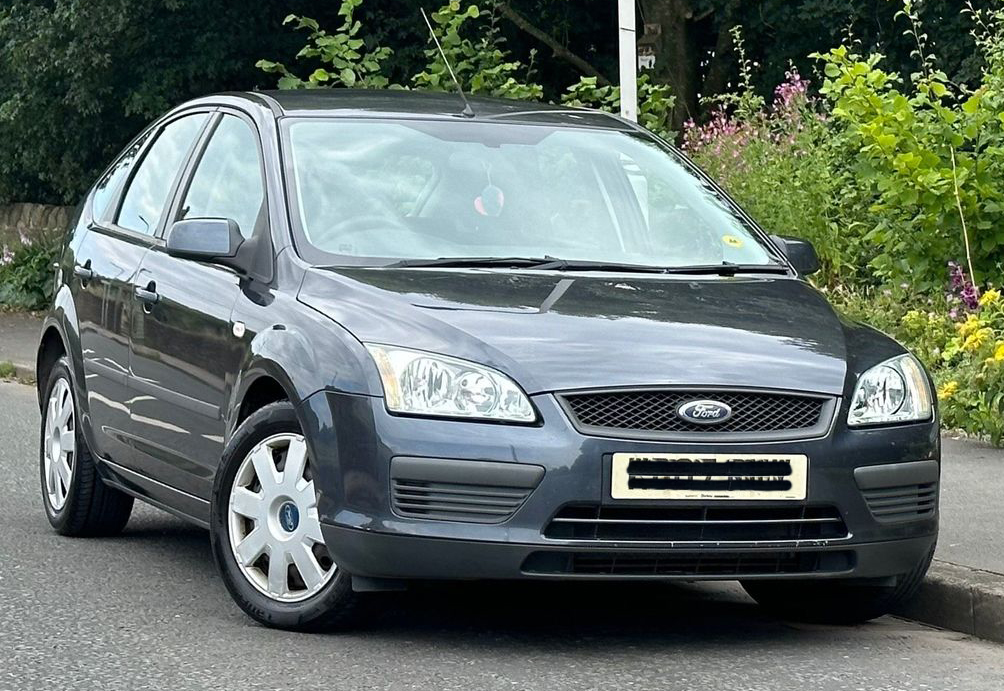
Image Credit: J.A Motors Ltd
Currently, the average age of a scrap car is 16.6 years old. According to the ‘Best Selling Cars Blog’, in 2006 the most popular car on Ireland’s roads was the fantastic Ford Focus. This popular model had reclaimed its top spot from the Toyota Corolla in 2005 and sold a huge 10,251 units in 2006 so it makes sense to select this model as our typical ‘old car’.
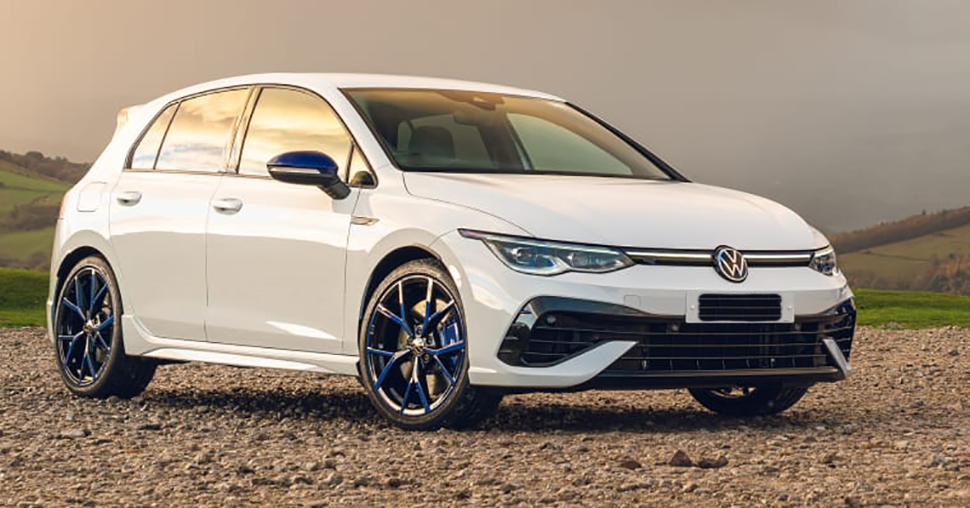
Image Credit: Auto Express
Although soon to be over-taken by the swathe of SUVs that are the modern car model of choice, (specifically the Hyundai Tucson) the iconic VW Golf is still clinging-on to the top spot in Ireland, as it has done consistently for the last decade. Although some figures available would suggest the popular Golf has already dropped from the number one spot, due to its general success it is the logical comparative ‘new car’.
Many of you may recognise this historic spec list and you can probably already tell how basic the tech will seem when compared to today’s most popular car. However there is one stand-out feature in the Ford Focus safety spec list, even back in 2006. While the majority of cars made at this time would have one or two front airbags, most Ford Focus models came with six airbags as standard. The Ford Focus scored a maximum five stars in the European New Car Assessment Programme (Euro NCAP) crash tests at the time, for front and side impact.
The new VW Golf was awarded the top, five-star safety rating, by the independent European New Car Assessment Programme (Euro NCAP), under the new, more stringent 2020-2022 protocol.
Several models of the Golf have also earned the highest safety car awards from The Insurance Institute for Highway Safety (IIHS) in the U.S. The physical results of extensive crash tests gained the VW Golf these awards, but the IIHS also highlighted the high-level standard driver-assist features that minimise the likelihood and impact of a crash.
VW felt safety features such as the Golf’s automatic emergency braking, adaptive cruise control, active lane control, blind-spot monitors, and parking sensors in the front and rear of the car, were key to helping it earn these safety awards.
Simply comparing the size of the spec lists of the 2006 Focus and the 2022 VW Golf, gives you a good idea of the additional safety features that have come to the market over the last 16 years. The main safety developments being additional airbags, braking and control technology and various intelligent collision warning systems.
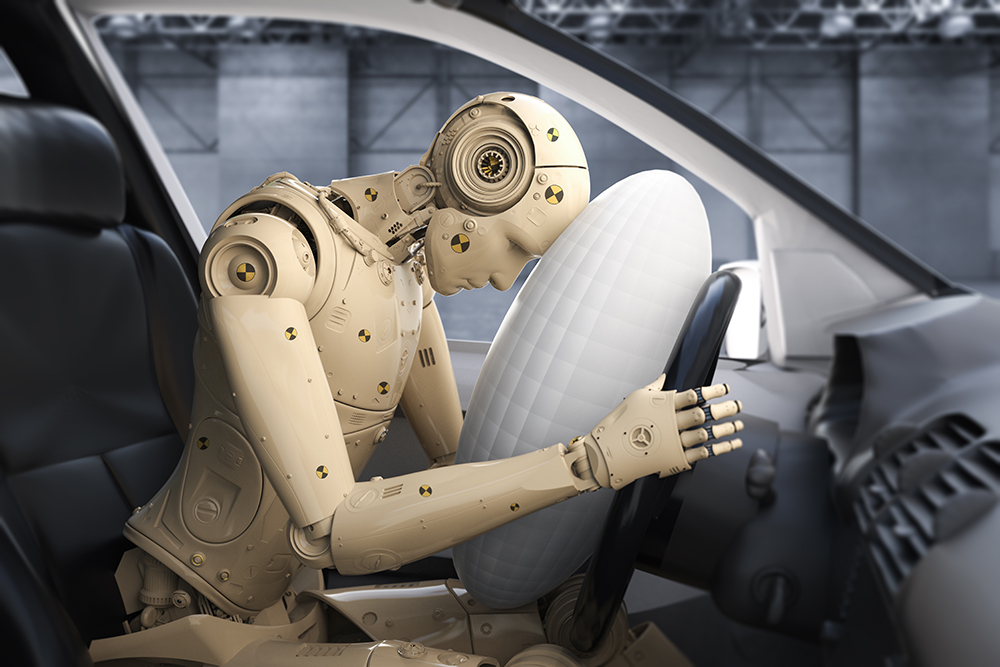
For airbag comparison, as we’ve explained, the old Ford actually fairs very well, but it’s worth bearing in mind most 16 year old cars would be a stark contrast to a modern vehicle. If we’d compared any other average car from 2006 we’d be looking at a lone driver’s airbag or maybe two at the most compared to anywhere between four and ten airbags today as standard. Our specific comparison model from VW boasts numerous airbags, including the ‘curtain’ which should protect the driver and passengers from front and side impacts as well as between the passengers themselves.
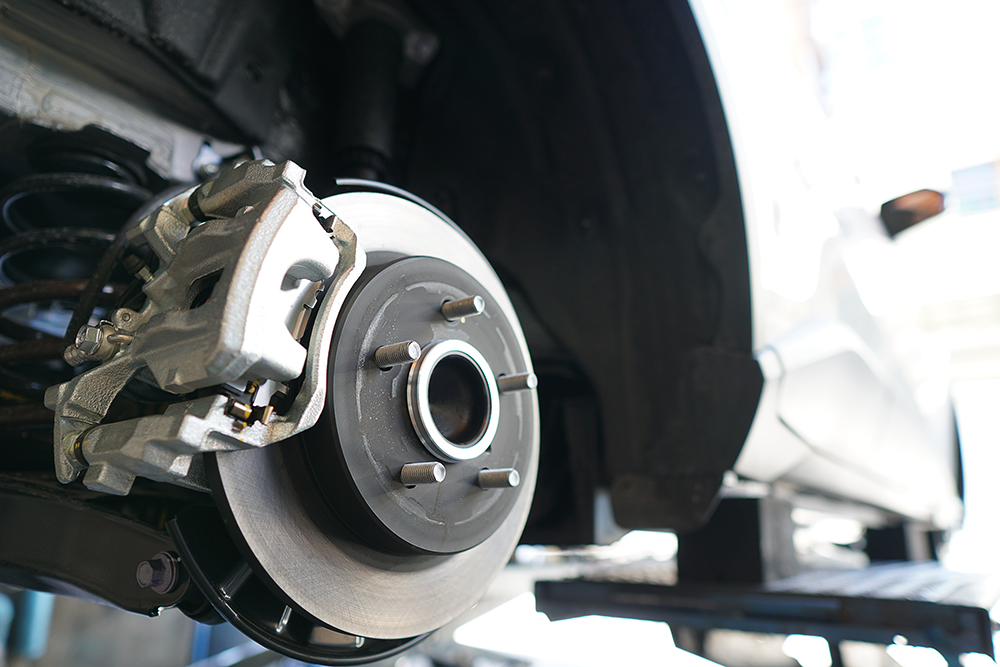
In addition to the old Focus’ ABS offering, the new Golf has some enhanced features that reflect the technology that has come to market since 2006. The VW boasts an Electronic parking brake with auto hold, which stops your car from accidentally rolling backwards when you’re stationary, or setting off on a hill. ESC (Electronic Stability Control) also monitors your steering wheel input and helps ensure the car goes where you want it to go. ESC is activated when it detects a probable loss of steering control. Along with a Tyre pressure monitoring system and Power assisted speed sensitive steering, these developments go a long way to enhancing the effects of the original ABS systems and undoubtedly keep drivers safer.
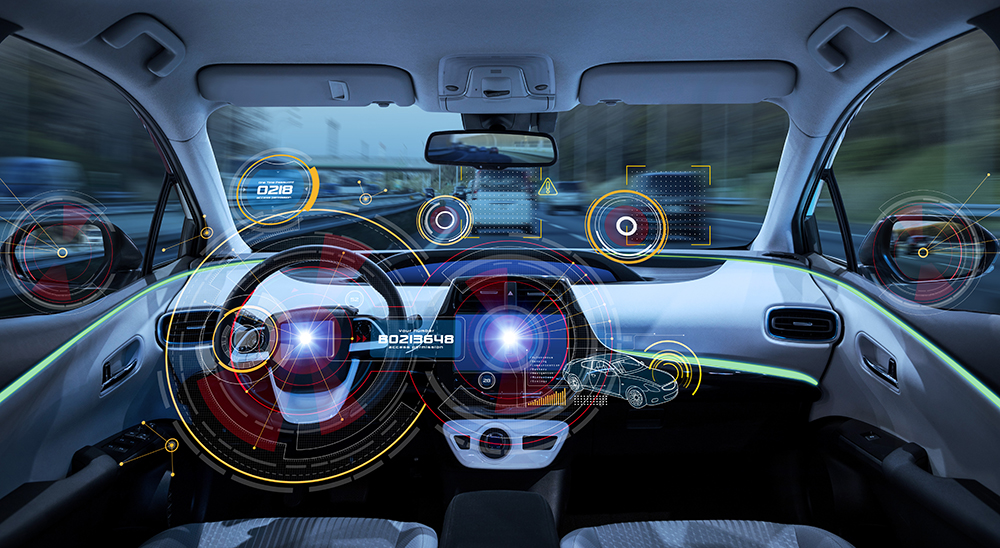
Something that doesn’t appear on any car spec list from 16 years ago is the word ‘intelligent’ and that is undoubtedly the focus of recent safety features. Intelligent technology may improve the driver experience, but it’s largely for collision prevention. Euro NCAP states that it is always preferable to prevent accidents in the first place, and in their rating system, award points for technology that helps drivers avoid collisions.
The new Golf has several features that are sensor-led tech, designed to keep the vehicle in-lane and away from other vehicles and obstacles. A great example is the VW Pedestrian Monitoring system that uses a radar located behind the logo on the front of the car, sweeping the area up to 400 feet. Working hundreds of times per minute, the system analyses the data at speed to determine if any pedestrians are about to cross the path of the vehicle. Depending on the car’s speed it will either automatically apply the brakes or sound an audible warning and display visual alerts (and without driver reaction will automatically apply the brakes).
These various systems monitor what is happening around a vehicle using cameras, lasers, and short and long-range radar. They are all designed to alert drivers to potential threats and help them avoid accidents, so when a sensor is triggered by another vehicle, a pedestrian or an obstacle, the system will alert the driver through noises or flashing lights. These systems have only become common place in the last decade but have had a massive impact reducing collisions.
IE Fatal Collision Data
According to the National Roads Authority, in the last sixteen years, road deaths in Ireland have dropped from 365 (from 321 collisions) in 2006, to 156 (from 150 collisions) in 2022 – less than half of the fatalities seen in 2006. Bearing in mind the population and number of registered cars on the road has increased in the same period – meaning more cars, passengers and pedestrians and consequently more opportunity for accidents – the decrease in road casualties probably reflects an even bigger drop. While of course there will be many other factors that have affected these figures, including general road safety projects, such a significant drop in fatalities must be partly down the advancements in car safety and collision prevention technology.
Overall, while we certainly felt safe in a Ford Focus ten years ago and applaud this manufacturer for their safety features of that time, it’s clear that the years since have seen huge advances in technology. Of course, a similar Ford manufactured today would feature a lot of the same impressive safety features that the new VW Golf offers.
While the physical aspects of all car design includes key safety aspects that have changed very little over several decades – such as crumple zones and seatbelts – it’s the finer details of cars’ workings, from the braking systems, to the intelligent tech, that could now mean the difference between surviving a collision and being part of an incident in the first place.

Ultimately, the best possible safety feature is the person driving! No matter what safety specifications a car has, if someone is driving irresponsibly, an accident can happen and injuries or fatalities will follow. Most physical safety features, however advanced, cannot protect a driver or passengers from the results of a high-speed collision. So while we’re very happy to see technological advancements for even safer cars in the future, it’s up to all of us to drive responsibly, be aware of the road rules, and stay alert.
Whatever the age or model of your car, SIMI has some good advice for keeping it safe on the roads.
When your car has reached the end of the road, hopefully not because of a safety issue, we can take care of it – making sure to get you the best price and recycling it responsibly if it’s at the end of its life.
